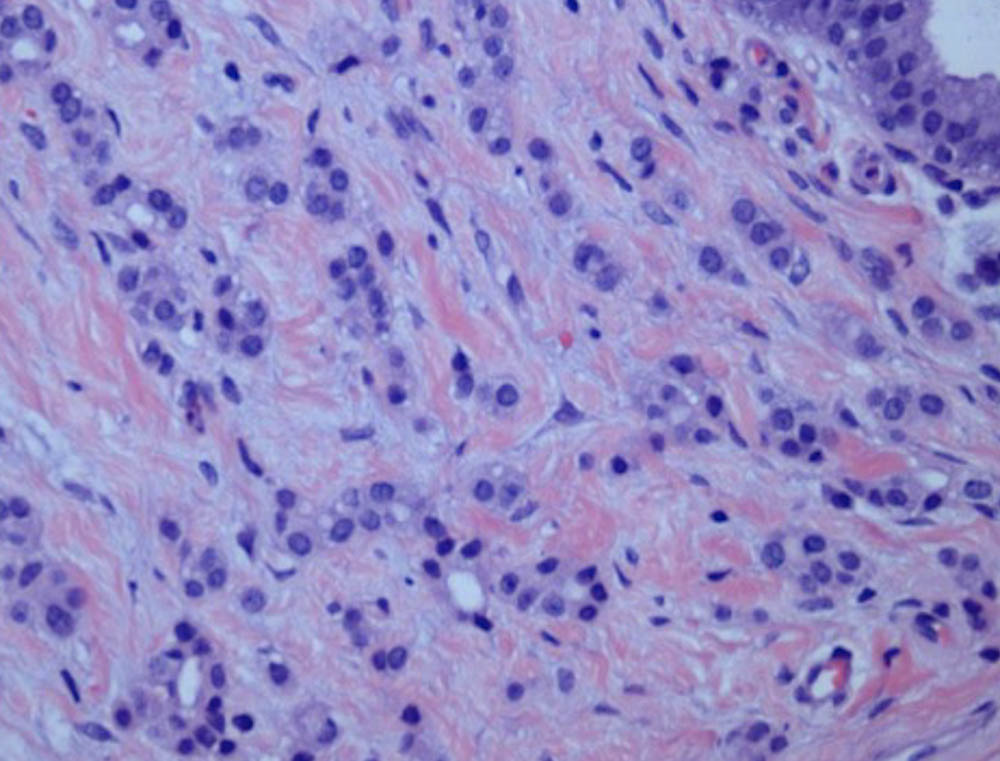In the past, treating cancers involved classifying them primarily by the organ or tissue where they arose – like the skin, the lungs, the breast, or the colon. Today, it’s often possible to identify the genes and proteins responsible for a tumor’s growth, and, in some cases, to offer a drug treatment that specifically targets those genes and proteins.
Despite this progress, the day when most cancers can be treated solely on the basis of the genetic abnormalities within them is far off, scientists say. More research is needed to determine whether a drug that successfully blocks a mutated gene in one type of cancer works equally well against the same gene in other cancers.
Phase I cancer clinical trials — in which new therapies undergo their first testing in human patients – can offer an early indication of whether a targeted therapy is effective in multiple tumor types, says Bradley McGregor, MD, clinical director of the Lank Center for Genitourinary Oncology at Dana-Farber. Such trials usually are open to patients with a wide range of cancers that carry a particular genetic marker. After it becomes clear which tumor types respond best to a particular therapy, it is tested further in phase II and phase III trials.

Two large-scale studies are exploring the range of tumor types in which targeted therapies are effective. In the National Cancer Institute’s MATCH study, patients whose tumors carry any of 19 different genetic changes receive treatment based on those changes, regardless of the part of the body where the cancer initially appeared. The study is open to patients with solid tumors, lymphoma, or multiple myeloma that has worsened after standard treatment, or those who have rare cancers for which there is no standard treatment. Like the MATCH study, the Targeted Agent and Profiling Utilization Registry (TAPUR) study, organized by the American Society of Clinical Oncology, is examining the safety and effectiveness of targeted drugs in patients with advanced cancers that have genetic abnormalities known to be susceptible to such agents. And, as in the MATCH study, the goal is to determine which drugs show promise against particular types of cancer with particular genetic variations.
Learn More:
Studies like these are critical to the future of personalized medicine, an approach that matches treatment to the genetic makeup of a patient’s cancer, McGregor remarks. Doctors already know that targeted therapies often work better in some types of cancers than others. For example, patients with melanoma that harbors a mutation in the BRAF gene often respond to BRAF-targeting drugs, whereas patients with colon cancer that carries the same mutation usually don’t respond as well.
Still, progress continues in personalized medicine. Earlier this year, the immunotherapy agent pembrolizumab became the first drug approved by the Food and Drug Administration for the treatment of cancer based entirely on genetic markers within the cancer, independent of which type of cancer it happens to be.

What is happening in Pancreatic cancer treatment that is new?